Ford's appointment of Jim Hackett as its new president and CEO reflects how the company is largely pinning its long-term survival hopes on its driverless business. Following his previous role as head of Ford's Smart Mobility division, which overseas Ford's autonomous driving activity, Hackett will help the company take a more self-driving direction as a whole.
Ford has realized its leadership must be ready for the transportation industry's expected seismic shift to a driverless business model on the scale of the industrial revolution that took place in the 18th and 19th centuries. The associated leadership challenge hinges on the long term, Stephanie Brinley, an automotive analyst for IHS, told Driverless.
Ford's survival is largely about the long-term, and the leadership change reflects that. I think when we talk about self-driving it is still going to take a number of years to deploy, but it is a matter of getting ready for it, and that is what Ford is doing by appointing Hackett.
While Hackett is not a veteran of the tech industry, he is seen by Ford management as having strong ties with Silicon Valley.
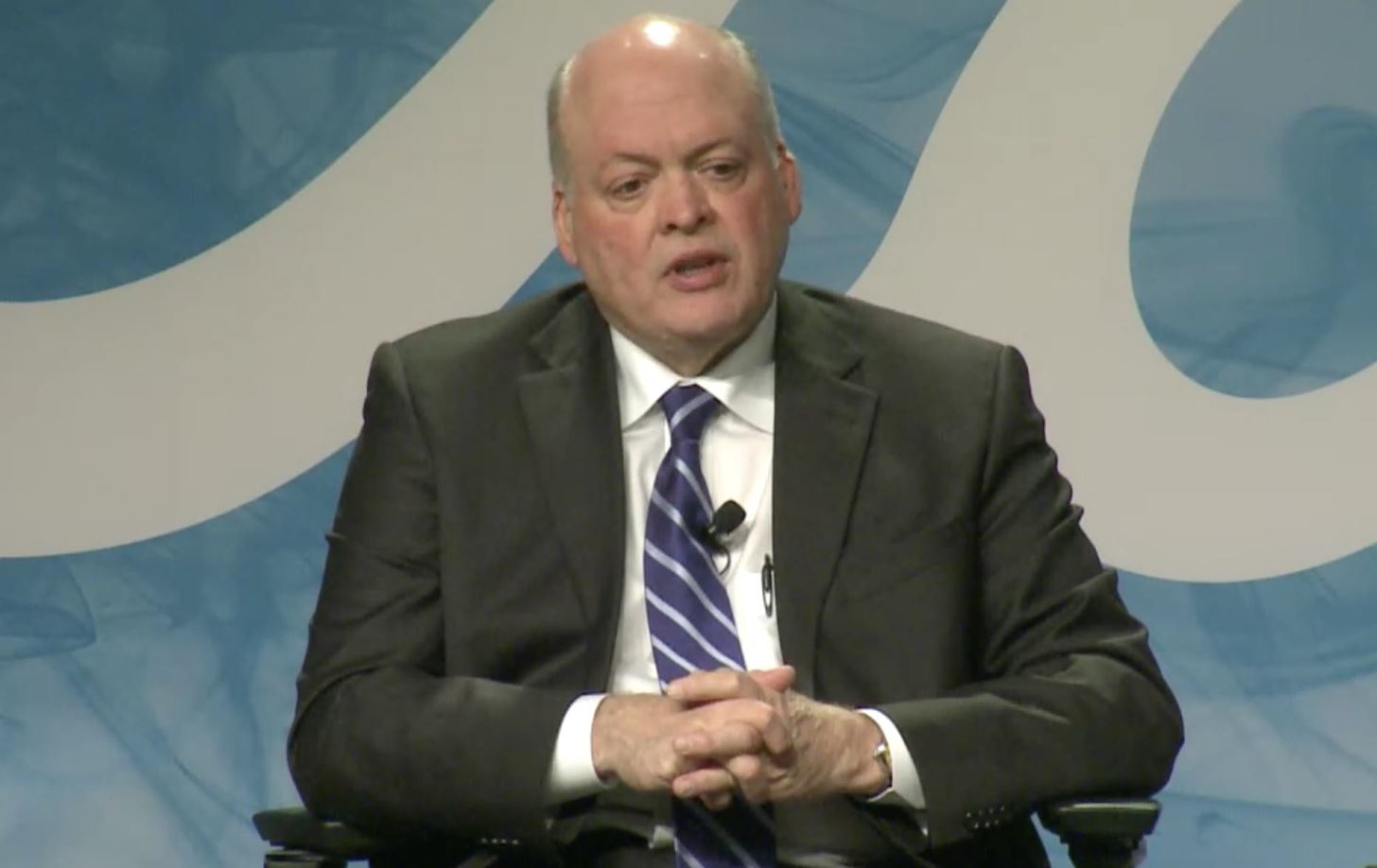
Those ties were largely formed while modernizing office equipment maker Steelcase's business model during his tenure there for two decades. Hackett, among other things, helped to develop a more innovative design approach to office furniture for the education, offices, and hospitals. Steelcase's recent tech-related projects include a creative space partnership it formed with Microsoft.
During a Ford news conference held today, May 22, Bill Ford, the executive chairman of Ford, said Hackett is considered in Silicon Valley to be "one of the original thinkers."
As you know, Silicon Valley culture is certainly different than in the industrial Midwest. I was really surprised by how Jim is held in such a high regard in Silicon Valley.
Future Perception
Despite reporting a net income of $4.6 billion for 2016, Ford has seen its shares plummet by 40% after Mark Fields, whom Hackett replaced, became CEO in 2014. Ford's valuation has also fallen below that of premium electric car maker Tesla, which is often seen as a better bet for the future despite its losses.
Ford, likes its fellow carmaker OEMs, is now faced with developing a radically different business model in the long term — to a similar degree to when it became the first carmaker to adopt assembly line production during the last century. During the new conference today, Hackett cited Tesla by name as he described new challenges Ford faces.
The biggest challenge we have is for everybody to see the future and that they can see their opportunity in that. Secondly, that it's our right to win there — we don't have to cede that to Tesla or any of them.
Without citing Tesla, as well as industry disruptors such as Google's Waymo, Bill Ford alluded during the news conference to how the company needed to bring about more rapid changes. "The clock speed at which our competitors are working — and that does not just depend on our OEM competitors — really requires us to make decisions at a faster pace," he said.
However, Hackett declined to offer specifics about its driverless business' future direction.
Ford has put a decade into [autonomous driving] development and it is really coming along, and when we are ready to talk, we are going to be really clear about it.
Indeed, Ford has been developing self-driving car features for over 10 years and expects to begin offering models with driverless car features by 2021. In February, Ford said it planned to bolster its driverless car development by investing $1 billion in artificial intelligence software maker Argo AI.
"I think Ford has been looking at taking advantages of opportunities that are out there," Brinley said. "Hackett may move more quickly, but the bones are there. He has tools to work with."
OEMs Aren't Dead
Despite the attention paid to Waymo, Tesla, and Uber as industry disruptors, Ford is seen as the leader in the self-driving sector by analyst firm Navigant Research. Based on Navigant's report on automated driving, Ford ranked highest based on a number of criteria, including vision, sales and marketing, partnerships, and product portfolio. GM, the Renault-Nissan Alliance, Daimler, Volkswagen, and BMW followed in the list, while Waymo ranked seventh.
Automated vehicles are quickly nearing a level of maturity that will enable initial deployments for consumers. A large group of companies are actively developing complete automated driving systems and the components that go into those systems, including automotive OEMs, suppliers, non-automotive technology companies, and startups. Several of these companies entered this market recently but rapidly moved into contention through acquisitions, investments, and strategic hiring of key personnel. Others have been working on automated driving technology for decades.
Indeed, despite the hype about the ultimate industry disrupters and the disproportional attention paid to Waymo and Uber, traditional OEMs stand, at the very least, a fighting chance of playing a pivotal role in driverless' future.
Just updated your iPhone? You'll find new emoji, enhanced security, podcast transcripts, Apple Cash virtual numbers, and other useful features. There are even new additions hidden within Safari. Find out what's new and changed on your iPhone with the iOS 17.4 update.




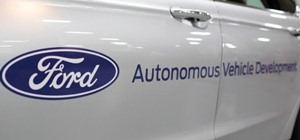


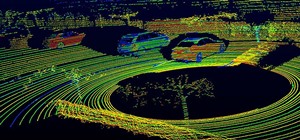
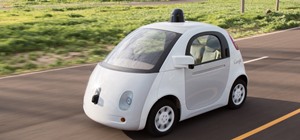

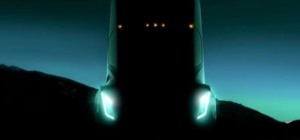

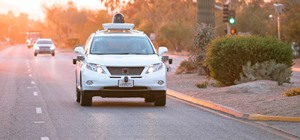
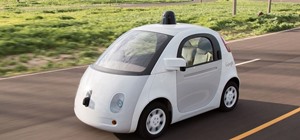

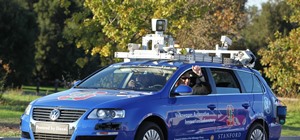

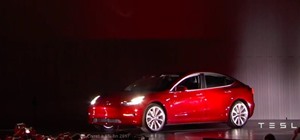


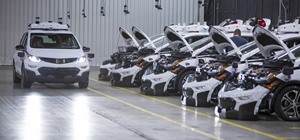
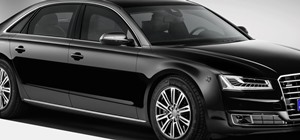

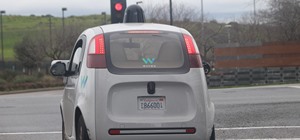
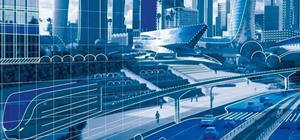
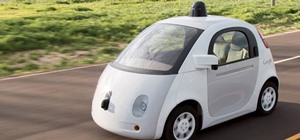
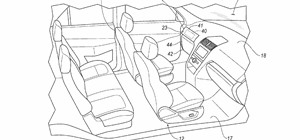

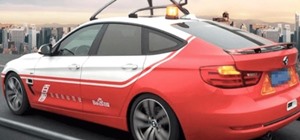
Be the First to Comment
Share Your Thoughts